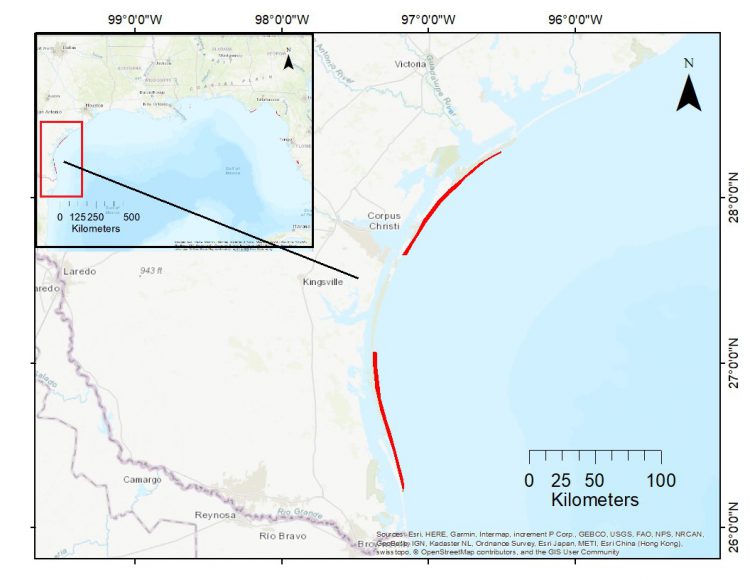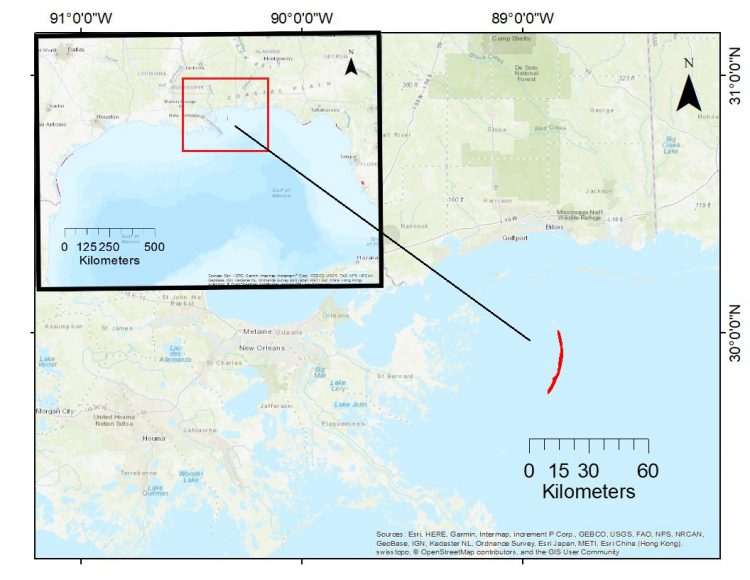Turtlegrass
Full Title: Gulf-wide assessment of habitat use and habitat-specific production estimates of nekton in turtlegrass (Thalassia testudinum)
This project assesses the use of turtlegrass by finfish and shellfish across the northern Gulf Mexico and evaluates the specific ways seagrass supports blue crabs, a commercially important species.
The Team: Kelly M. Darnell (Lead Investigator, The University of Southern Mississippi, kelly.darnell@usm.edu), Zachary Darnell (The University of Southern Mississippi), Delbert L. Smee (Texas A&M University-Corpus Christi), Charles W. Martin (University of Florida), Bradley Furman (Florida Fish and Wildlife Conservation Commission), and Margaret O. Hall (Florida Fish and Wildlife Conservation Commission)
Technical Monitor: Caitlin Young (caitlin.young@noaa.gov)
Federal Program Officer/Point of Contact: Frank Parker (frank.parker@noaa.gov)
This project began in June 2017 and will end in May 2022.
Award Amount: $992,136
Why it matters: Seagrass beds serve as habitat for many commercially and recreationally important finfish and shellfish during some stage of their life. In the northern Gulf of Mexico, turtlegrass, a type of seagrass, is a critical foundation species that provides energy for food webs and shelter and foraging grounds for many species. In order for fisheries managers to understand how changing seagrass abundance impacts fisheries, we need to know how turtlegrass supports finfish and shellfish species in the Gulf of Mexico.
What the team is doing: This project is an assessment of turtlegrass habitat use and an evaluation of the specific ways it supports blue crabs. The researchers will determine the abundance, diversity, age, and mix of juvenile and adult animals that use turtlegrass as habitat in Florida, Louisiana, and Texas. Additionally, they will measure the relationships in these three states between blue crab growth and mortality and characteristics of the turtlegrass such as plant density and height. Finally, they will develop separate statistical models for Florida, Louisiana, and Texas that will estimate blue crab production in turtlegrass based on crab abundance, growth, and mortality data.
Expected Outcome: Models for estimating blue crab production in turtlegrass in Florida, Louisiana, and Texas will be developed and shared with fisheries managers.
From the seminar “Gulf-wide assessment of habitat use and habitat-specific production estimates of nekton in turtlegrass (Thalassia testudinum)”
Presenter: Dr. Kelly Darnell, The University of Southern Mississippi
Other Resources
Coming soon
Coming soon
Coming Soon
 Official websites use.gov
A .gov website belongs to an official government organization in the United States.
Official websites use.gov
A .gov website belongs to an official government organization in the United States.
 Secure .gov websites use HTTPS
A lock or https:// means you’ve safely connected to the .gov website. Share sensitive information only on official, secure websites.
Secure .gov websites use HTTPS
A lock or https:// means you’ve safely connected to the .gov website. Share sensitive information only on official, secure websites.


